Table of Contents
Circulatory System:
In multicellular animals, there is a need for a circulatory system. So that all the cells may get oxygen and nutrients, and their metabolic wastes could be removed. It also maintains body temperature and pH. In lower animals such as coelenterates (sponges and Hydra), the internal circulatory system is absent. Simply water enters from an end of the body canal and comes out from the other end. During this process, the function of the circulatory system is done.
Open Circulatory System:
In arthropods and molluscs, there is an open circulatory system. Here blood does not remain confined to blood vessels but flows directly in the open spaces of body cavity called lacunae and sinuses. The tissues make direct contact with blood. In these animals, blood is called haemolymph and body cavity as haemocoel. In an open system, high blood pressure cannot be maintained. Therefore, blood flows at a very slow velocity. The direction of blood is from heart —> arteries —> haemocoel —> sinuses and lacunae —> ventral sinuses (deoxygenated blood) —> oxygenation of blood in gills —> pericardial sinus —> heart.
Closed Circulatory System:
The higher animals have a high metabolic rate. Therefore, their body tissues require a high amount of O2 and nutrients. These animals possess internal circulatory system through which blood flows from one end of the body to the other end. This system consists of a heart (the pumping machine of blood), blood vessels (arteries and veins) and blood. The arteries carry blood from the heart to tissues and veins collect blood from tissues and bring to the heart. There are small capillaries that form a closed circulatory system in higher animals.
The vertebrates consist of a closed circulatory system. The heart pumps blood into arteries which repeatedly divides into artial capillaries in tissues. The artial capillaries continue as veinous capillary to form venules and then veins. The capillaries are unicellular and possess a large surface area. Therefore, oxygen and nutrients are diffused from blood to tissues due to the high diffusion pressure of these in blood than the tissue. Similarly, metabolic wastes are diffused from tissues to the blood.
Double Circulatory System:
Mammals have a double circulatory system. Our system operates between the heart and rest of body organs (except the heart) called systemic circulation. In this circulation, blood flows from the left ventricle to the right atrium via body tissues (except lungs). The second circulation is known as pulmonary circulation where blood flows from the right ventricle to the left atrium of the heart through the lungs. Pulmonary veins collect de-oxygenated blood into the pulmonary aorta. The pulmonary aorta supplies blood to lungs for oxygenation.
- Mechanism or Working of Heart (Cardiac Cycle)
- Adrenal Cortex- Important Hormones And Deficiency Disorders
- Thyroid Gland And Important Hormones And Deficiency Disorder
- Difference between Mitosis and Meiosis
- What is vernalization in plants?
- Essential and Non-essential Parts of the Flowers
- Tamil Board: Living World
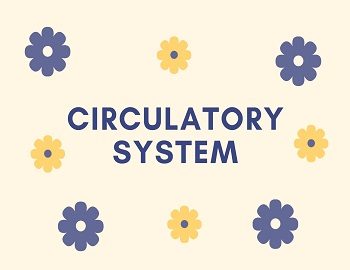
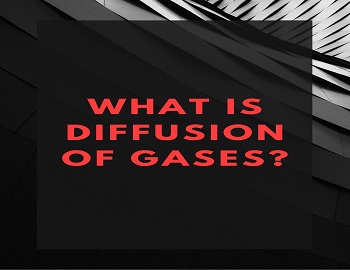
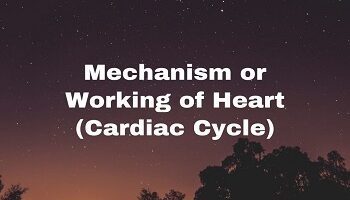
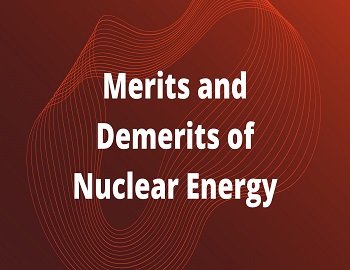
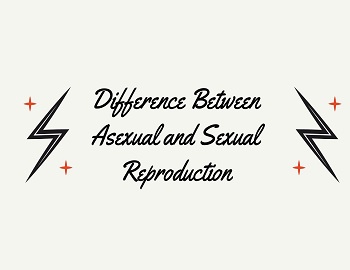


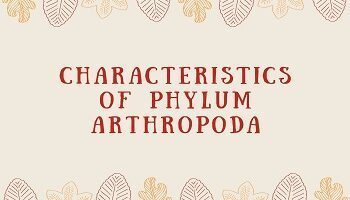

Comments (No)